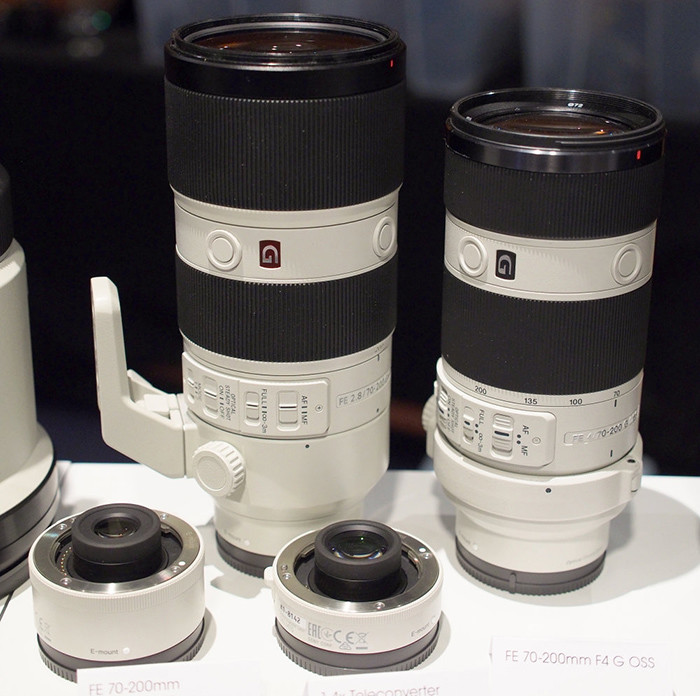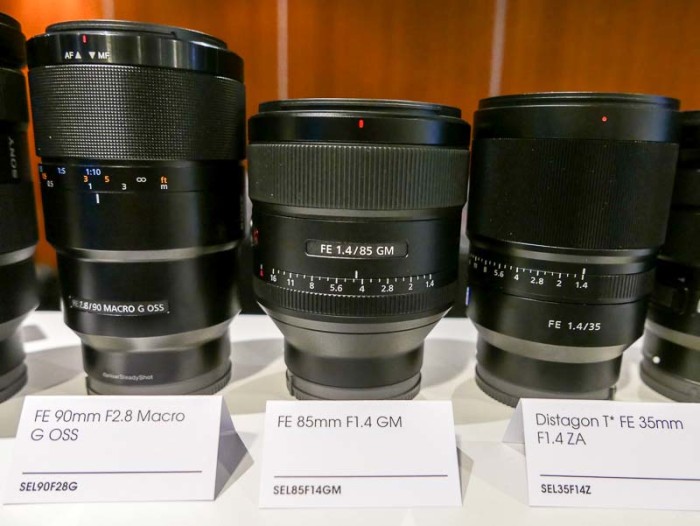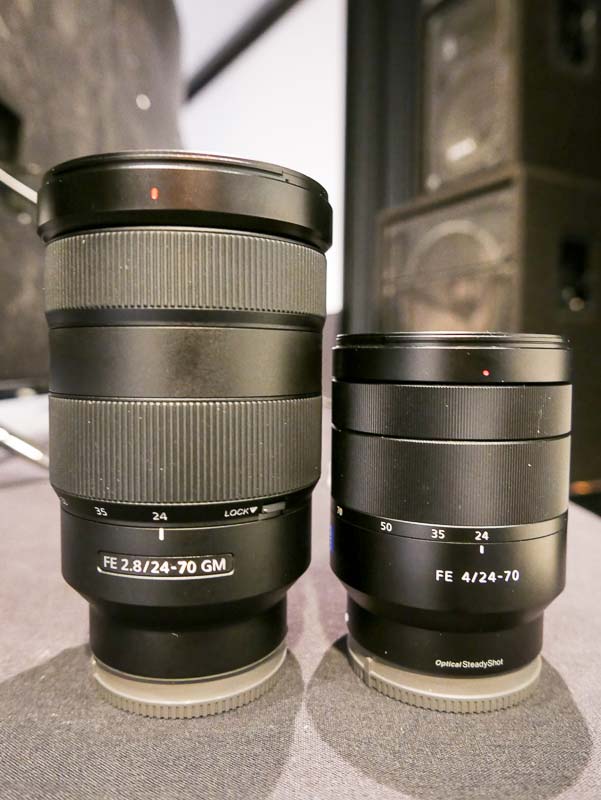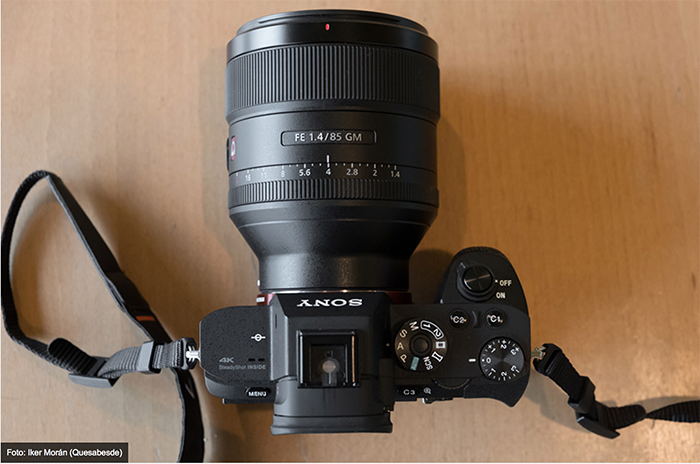New 85mm GM lens tests and first 85mm GM box image!
We all saw the images of the new 85mm GM lens but this is the first image of the…BOX :) It’s part of the Korean Hands-on report on blog.naver.com.
Those of you considering to buy the 85mm GM can check out those latest test:
- Miguel Quiles posted two videos, one showing time lapses and the other showing how to retouch an image shot with the new 85mm 1.4GM:
https://www.youtube.com/watch?v=61p9rkcwesQ (retouch tutorial)
https://www.youtube.com/watch?v=4Iepi0llVPo (time lapse) - G Master 85mm f/1.4 REAL HANDS ON Model Shoot with Sony A7Rii & Rotolight Neo by Jason Lanier on Youtube.
- Hands-on by Alin Popescu.
Preorders:
85mm f/1.4 GM FE at BHphoto, Amazon, Adorama, BestBuy. Calumetphoto.de. WexUK.
A6300 body at BHphoto, Amazon, Adorama, BestBuy. Calumetphoto.de. WexUK.
A6300 with kit lens at BHphoto, Amazon, Adorama, BestBuy. Calumetphoto.de. WexUK.
24-70mm f/2.8 GM FE at BHphoto, Amazon, Adorama, BestBuy. Calumetphoto.de. WexUK.

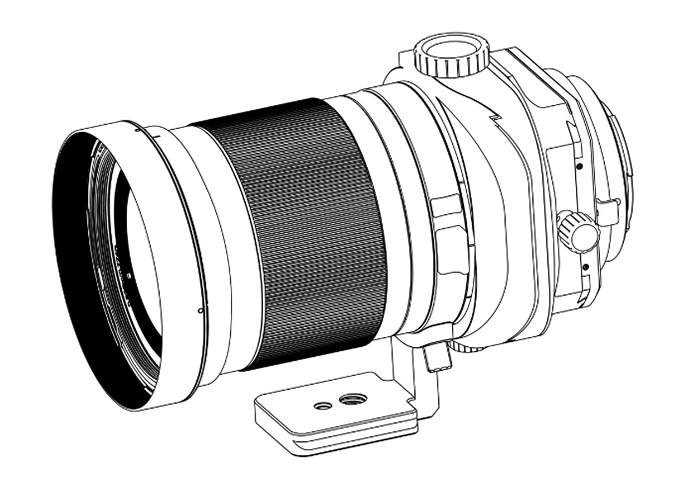
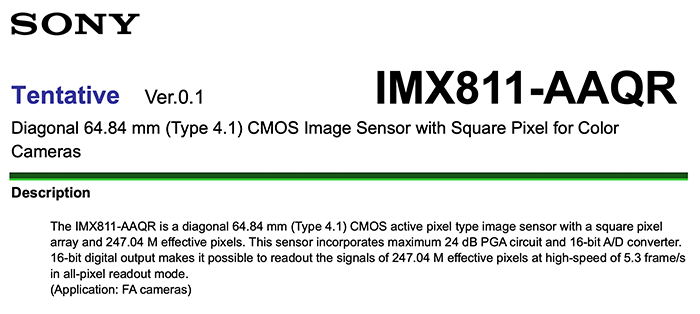

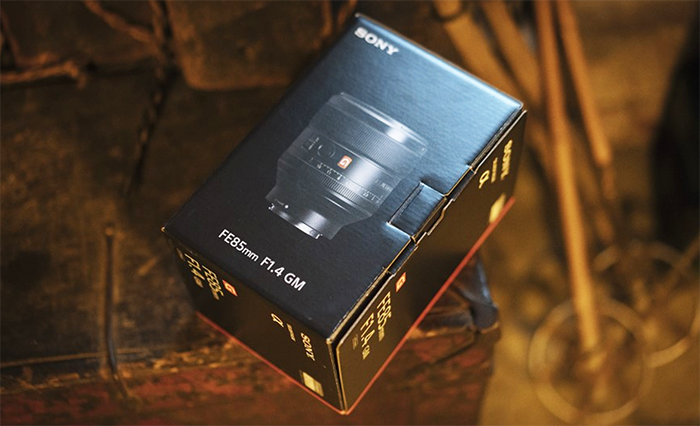
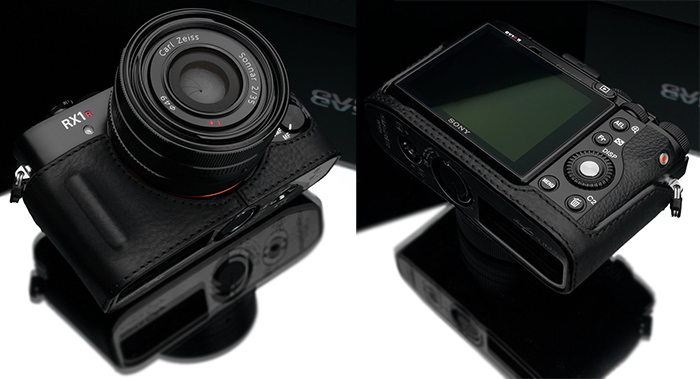 [/shoplink]
The RX1rII “wrapped” with the newly announced [shoplink 44714 ebay]Gariz case[/shoplink]
[/shoplink]
The RX1rII “wrapped” with the newly announced [shoplink 44714 ebay]Gariz case[/shoplink]
